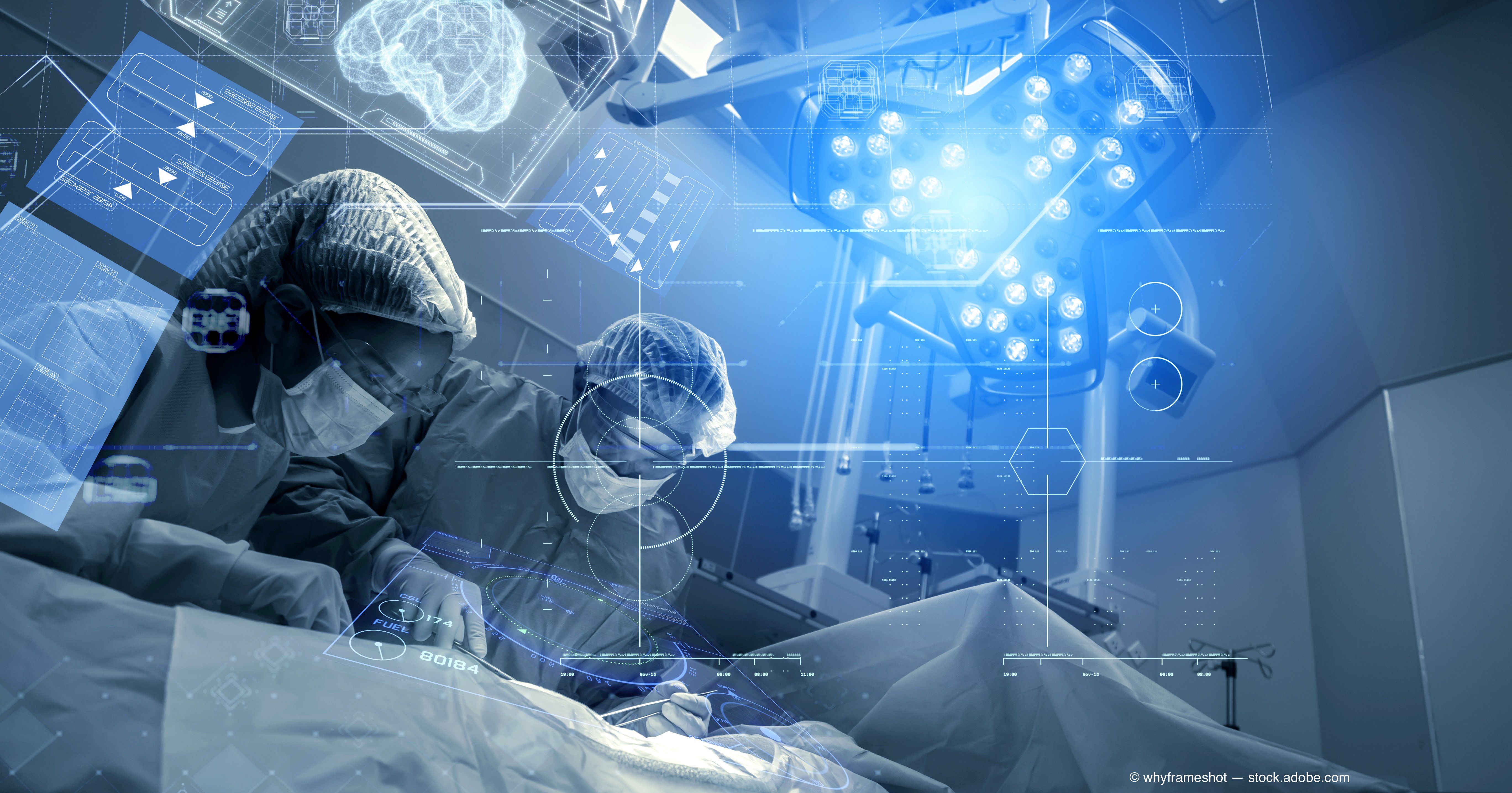News
Article
Robotic technology in surgery: Surgeon's eye of the future
Author(s):

The time may be right for robotics in corneal and retinal procedures.
This article was reviewed by Jean-Pierre Hubschman, MD
Robotic surgery has been on its way to becoming an important part of ophthalmic surgical procedures since the Da Vinci Robotic Surgical System (Intuitive) was approved in 2000 for laparoscopic surgery.
Since that time, both the numbers of surgical procedures that benefit from robotics and those of surgical robotic systems have exploded worldwide, according to Jean-Pierre Hubschman, MD, who is associate professor of ophthalmology, Stein Eye Institute, David Geffen School of Medicine, University of California Los Angeles (UCLA).
“Interestingly, the ratio between traditional versus robotic surgery has been evolving quickly,” he said, adding that almost all prostatectomies are assisted by robotics in the United States.
The technology has important advantages, including superhuman dexterity. This enhances precision, maneuverability, control, and improved sensory feedback.
These advantages can help to improve traditional ocular surgeries that, he noted, have the disadvantages of limited feedback, limited spatial resolution, depth perception, the absence of tactile feedback, and limited optical coherence tomography (OCT) integration.
In addition, the human factor limitations include physiologic hand tremors make manipulation of delicate tissue challenging.
“Our performance can certainly be improved by robotic assistance during ocular surgery by providing better precision and accuracy via filtering of the hand tremors and scaling of motion, and collaborative capabilities can augment the surgeon’s manipulation capabilities,” Dr. Hubschman explained.
Robotics can also provide better feedback to surgeons through augmented sensing of both visualization with enhanced depth perception and augmented reality and haptic/tactile feedback via virtual fixture.
“These augmentations can lead to better surgical outcomes and new surgical manipulations not previously possible,” he said.
Levels of robotic involvement
In contrast to traditional surgeries, robotic surgeries can be semiautonomous, where both the surgeon and the robot manipulate the tool in the eye simultaneously or fully automated in which the robot is in full control of the tools and supervised by the surgeon.
Regarding retinal surgeries, Dr. Hubschman mentioned different designs potentially used to perform semiautonomous procedures.
One such item is a handheld smart tool in which all the technology will be included in the handle of the tool.
Another design is a co-manipulation system in which a dedicated tool will be controlled simultaneously by the robotic manipulator and the surgeon performing the procedure.
Another option is tele-manipulation in which the robotic manipulator is controlled from the robotic controller that is potentially controlled in a surgical cockpit.
Technologic status
To date, the co-manipulation design has been tested successfully in humans at the University of Leuven, Flanders, Belgium, for retinal vein cannulation. The investigators reported their results in the Annuals of Biomedical Engineering (2018,46:1676-1685).
“The results show that it is technically feasible to safely inject an anticoagulant into a 100 μm-thick retinal vein of an patient [with retinal vein occlusion] for a period of 10 minutes with the aid of the presented robotic technology and instrumentation,” the investigators wrote.
The tele-manipulation design is used in the Preceyes Surgical System (Preceyes BV), which was designed by Marc de Smet, MD.
In this system, the instrument is mounted on the robotic arm and controlled from the robotic manipulators by the surgeon. Dr. Hubschman pointed out that this system has received a C mark, is approved in Europe, and is in used in three hospitals.
The system that Dr. Hubschman and colleagues use at UCLA, the Intraocular Robotic Interventional Surgical System (Int J Med Robot 2018;14: e1949. doi: 10.1002/rcs.1949. Epub 2018 Aug 28) has a tele-manipulation design.
“Compared with other systems that provide surgeons with visual feedback only through the surgical microscope, this system has OCT integrated into it. OCT provides real-time acquisition and real-time data processing that allows for enhanced visual feedback as well as tactile feedback through the surgical controllers,” Dr. Hubschman explained. “This system also can perform semiautomated tasks via OCT guidance that can define safe trajectory within the working space.”
This system, which was tested during cataract surgery, allowed fully automated lens removal in harvested pig eyes (J Cataract Refract Surg 2019;45: 1665-1669. Doi: 10.1016/j.jcrs.2019.06.020), Dr. Hubschman noted.
“We hope that this platform will be ready for a human trial in three years,” he said.
Dr. Hubschman and his colleagues are looking to the future of retinal surgery.
He explained that they envision a semi-autonomous system in which the surgeon will be seated in a surgical cockpit and immersed with sensory feedback both visual and tactile through the robotic controllers.
“We demonstrated recently that adding tactile feedback in addition to the visual feedback facilitated a faster learning curve and safer tissue manipulation,” he said and projected that this platform may be available for human trials in 2024 (Transl Vis Sci Technol 2019;8: 2. doi: 10.1167/tvst.8.4.2. eCollection 2019).
Conclusion
Dr. Hubschman said robotic surgery is in its infancy in ophthalmology.
“We believe that this robotic technology can provide superhuman capabilities with enhanced capability, efficacy, safety, reliability, and sensing,” he concluded. “The technology has many potential applications, included automation of cataract surgeries and complex membrane dissection and subretinal injection of stem cells and gene therapy in retinal procedures.”
Jean-Pierre Hubschman, MD
E: hubschman@jsei.ucla
Dr. Hubschman is the holder of several patents filed through UCLA. He has also received grant support from the National Institutes of Health/National Eye Institute.
Newsletter
Don’t miss out—get Ophthalmology Times updates on the latest clinical advancements and expert interviews, straight to your inbox.




